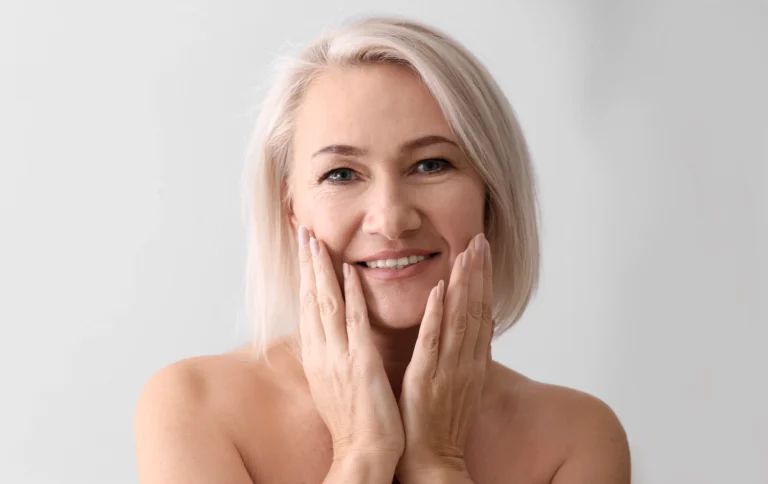1. Biological Causes:
Crepy skin in the elderly is primarily caused by biological factors. With age, the production of collagen and elastin, which provide structural support and elasticity to the skin, decreases. This leads to the thinning and sagging of the skin. Additionally, the loss of subcutaneous fat and moisture further contributes to the crepiness. These biological changes are a natural part of the aging process and affect individuals to varying degrees.
2. Environmental Factors:
In addition to biological causes, environmental factors can exacerbate crepy skin. Prolonged exposure to ultraviolet (UV) radiation from the sun can accelerate the breakdown of collagen and elastin fibers, leading to premature aging and crepiness. Other environmental factors, such as smoking, pollution, and harsh chemicals, can also contribute to the deterioration of the skin’s health and appearance.
3. Physical and Psychological Impact:
Crepy skin can have significant physical and psychological effects on the elderly. Physically, the thinning and sagging of the skin make it more susceptible to injuries, such as tears, bruises, and pressure ulcers. Furthermore, the loss of elasticity can result in discomfort and itching. Psychologically, crepy skin can negatively impact an individual’s self-esteem and body image, leading to decreased confidence and social withdrawal. These effects can further contribute to feelings of depression and isolation.
Preventive Measures and Treatments:
While crepy skin is a natural consequence of aging, several preventive measures and treatments can help manage its symptoms. Protecting the skin from excessive sun exposure by using sunscreen and wearing protective clothing can minimize the breakdown of collagen and elastin fibers. Additionally, maintaining a healthy lifestyle, including a balanced diet, regular exercise, and adequate hydration, can support overall skin health. Moisturizing the skin regularly and avoiding harsh chemicals can also help retain moisture and improve its appearance.
Conclusion:
Crepy skin is a common occurrence in the elderly, resulting from biological changes associated with aging. It can have significant physical and psychological effects on individuals, impacting their overall well-being and quality of life. However, by understanding the causes and implementing preventive measures and treatments, the symptoms of crepy skin can be managed, allowing the elderly to age gracefully and maintain their self-esteem and confidence.

